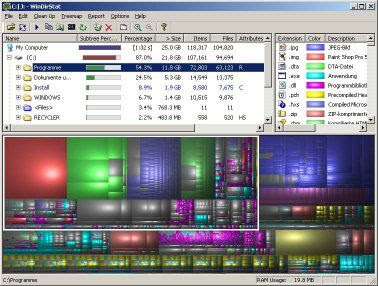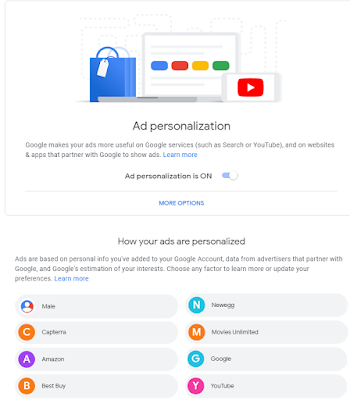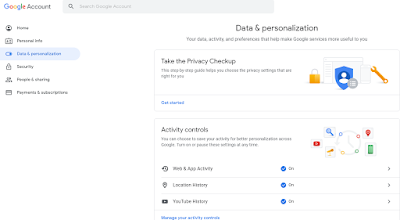Security:
The word often makes us feel all warm and fuzzy inside.
We want to feel safe and secure. We buy security cameras when want to feel more secure in our homes. We use passwords for sensitive websites such as banking and utilities.
But just how secure is that password you use?
Better yet, when was the last time you changed it?
Is it complicated or does it start with the word 'Password' and end with '12345'? 😀
One of the more secure ways to prevent others to try to gain access to your email and banking websites is to use "Two Factor Authentication" or 2FA.
Two Factor Authentication adds an additional layer of security to your accounts on the internet. Whether it be email, a social website, banking account or any other sensitive web page, Two Factor Authentication prevents those accounts from being hacked.
The two parts of the authentication is:
1. Your password
2. The code which the website or the application sends to your device. Such as your phone or tablet. This is the key to Two-Factor Authentication. A second electronic device.
When you log in to a service account or webpage, you use your mobile phone to verify your identity by either clicking on a texted / emailed link or typing in a number sent by an authenticator app.




















